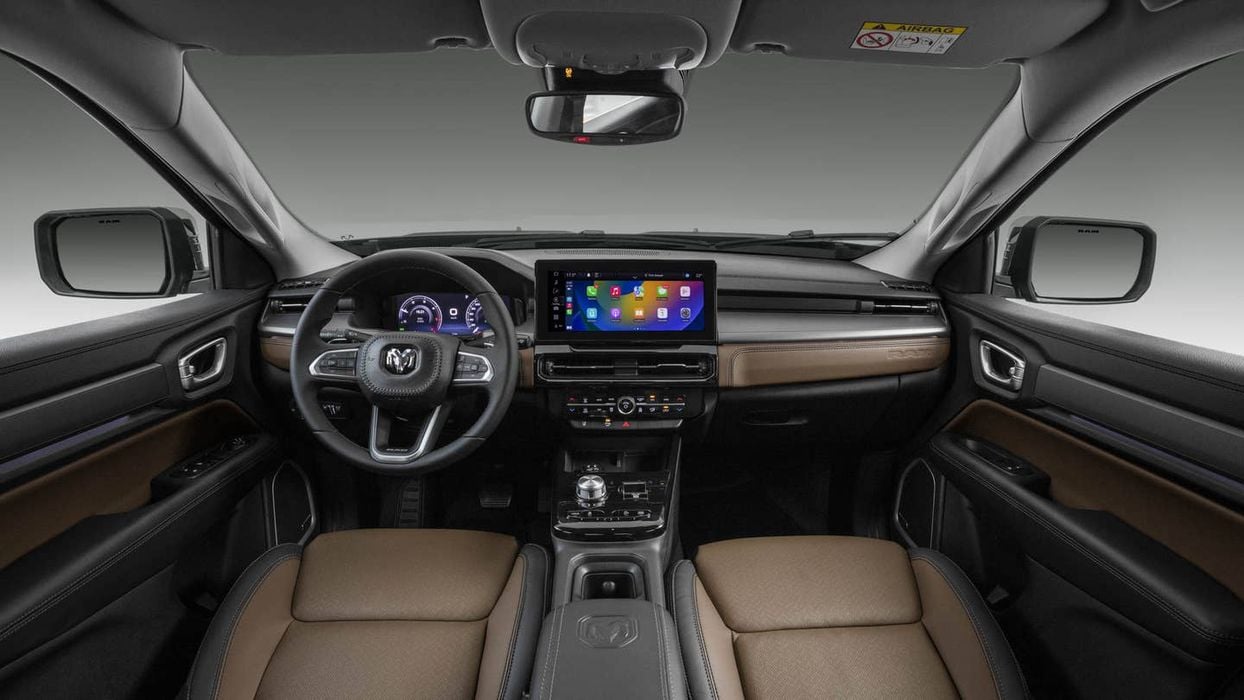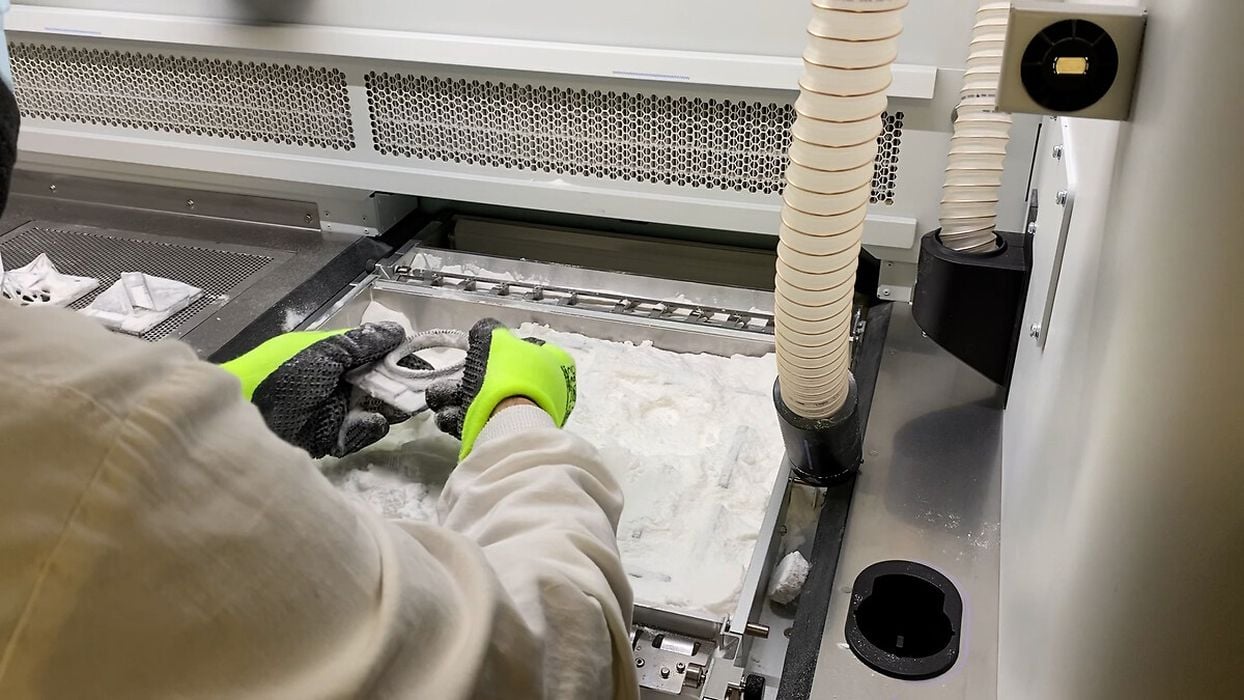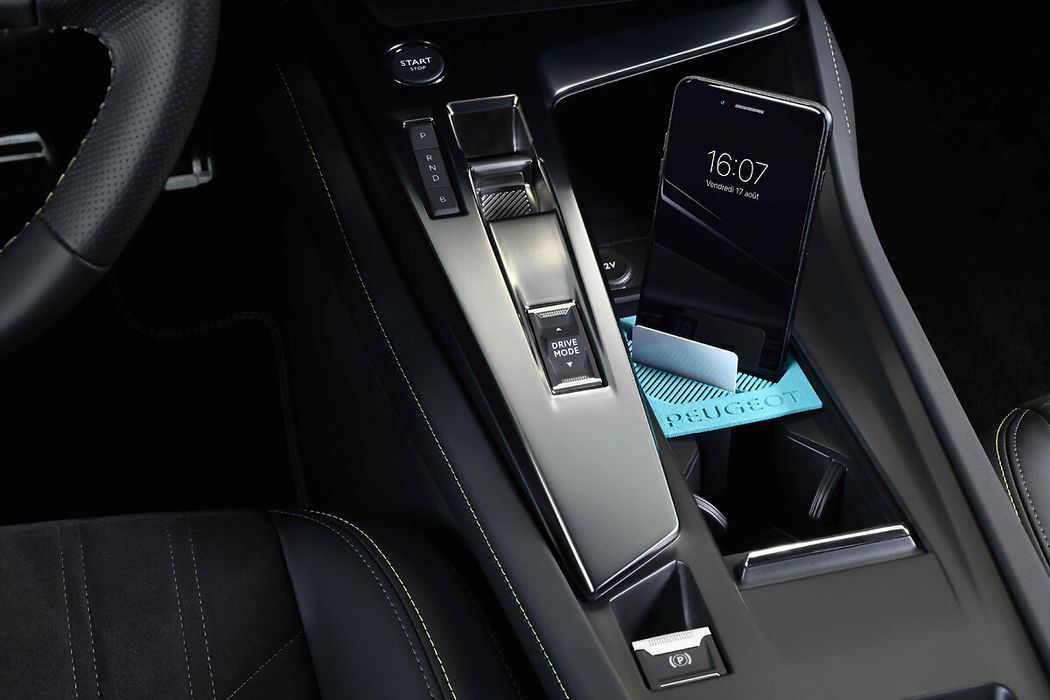
Charles R. Goulding and Preeti Sulibhavi discuss how Stellantis Group is embracing 3D printing technology.
Announced in 2020, Fiat Chrysler Automobiles (FCA) and Groupe PSA (Peugeot Société Anonyme) have completed their merger. This large global automotive manufacturer is now known as Stellantis.
Stellantis now has the combined 3D printing expertise of FCA and Groupe PSA. We will cover some of their recent 3D printing initiatives.
In fact, the popular Ram Truck can now be equipped with 3D printed accessories. Similar to Ford’s FITS System approach, Stellantis will provide CAD files to customers, free of cost, allowing them to create personalized accessories. This system from Stellantis is referred to as the Mopar 3D Lab.
The Mopar 3D Lab is one example of a burgeoning trend in the automotive industry. Automakers are embracing the 3D printing industry and empowering customers to personalize their vehicles. By providing a platform for owners to 3D print their own accessories, Stellantis is including those who wish to personalize their trucks.
Some of the Stellantis accessories that can be 3D printed include personalized badges/emblems, customized hooks for various items, phone holders and various traditional accessories such as classic hood ornaments.
Our experience with after-market auto and truck part developers is that their popular 3D printed designs sometimes become incorporated into future OEM designs.

Peugeot has done fascinating technological work when it comes to sustainable, 3D printed interiors.
Biopolymers with Advanced functionalities for Building and Automotive parts processed through Additive Manufacturing (BARBARA) – A Peugeot Project is one of them.
Development of biopolymers with multifunctional properties to produce components for vehicle interiors made with 3D printing techniques, or BARBARA, is an FCA European 3D printing project.
Included within the EU’s Horizon 2020 framework, BARBARA brought together 11 partners from Spain, Italy, Germany, Sweden, and Belgium, to develop new 3D printable materials from food waste and agricultural by-products.
According to Stellantis, PEUGEOT has chosen to use HP Multi Jet Fusion (MJF) 3D printing technology. HP Multi Jet Fusion is a brand-new layer-by-layer additive manufacturing technology on a powder bed. 3D printing advantages include:
- Design freedom: fewer manufacturing constraints and infinite possibilities for part complexity (due to there being no injection molding). 3D printing opens up new creative spaces for designers.
- Optimized structures: reduced weight, greater strength, fewer assemblies, flexibility through by using mesh.
- Agile production: infinite customization possibilities, mass production with shorter lead times, and no need for storage thanks to “on demand” production.

The Research & Development Tax Credit
The now permanent Research and Development (R&D) Tax Credit is available for companies developing new or improved products, processes and/or software.
3D printing can help boost a company’s R&D Tax Credits. Wages for technical employees creating, testing and revising 3D printed prototypes can be included as a percentage of eligible time spent for the R&D Tax Credit. Similarly, when used as a method of improving a process, time spent integrating 3D printing hardware and software counts as an eligible activity. Lastly, when used for modeling and preproduction, the costs of filaments consumed during the development process may also be recovered.
Whether it is used for creating and testing prototypes or for final production, 3D printing is a great indicator that R&D Credit eligible activities are taking place. Companies implementing this technology at any point should consider taking advantage of R&D Tax Credits.
Conclusion
With all the 3D printing automotive industry developments underway at various manufacturers, it may not be a surprise that Stellantis is embracing this technology. It is a way to appeal to and expand its consumer base while integrating technology that can fabricate these items with unique designs and cost-effectively as well.

